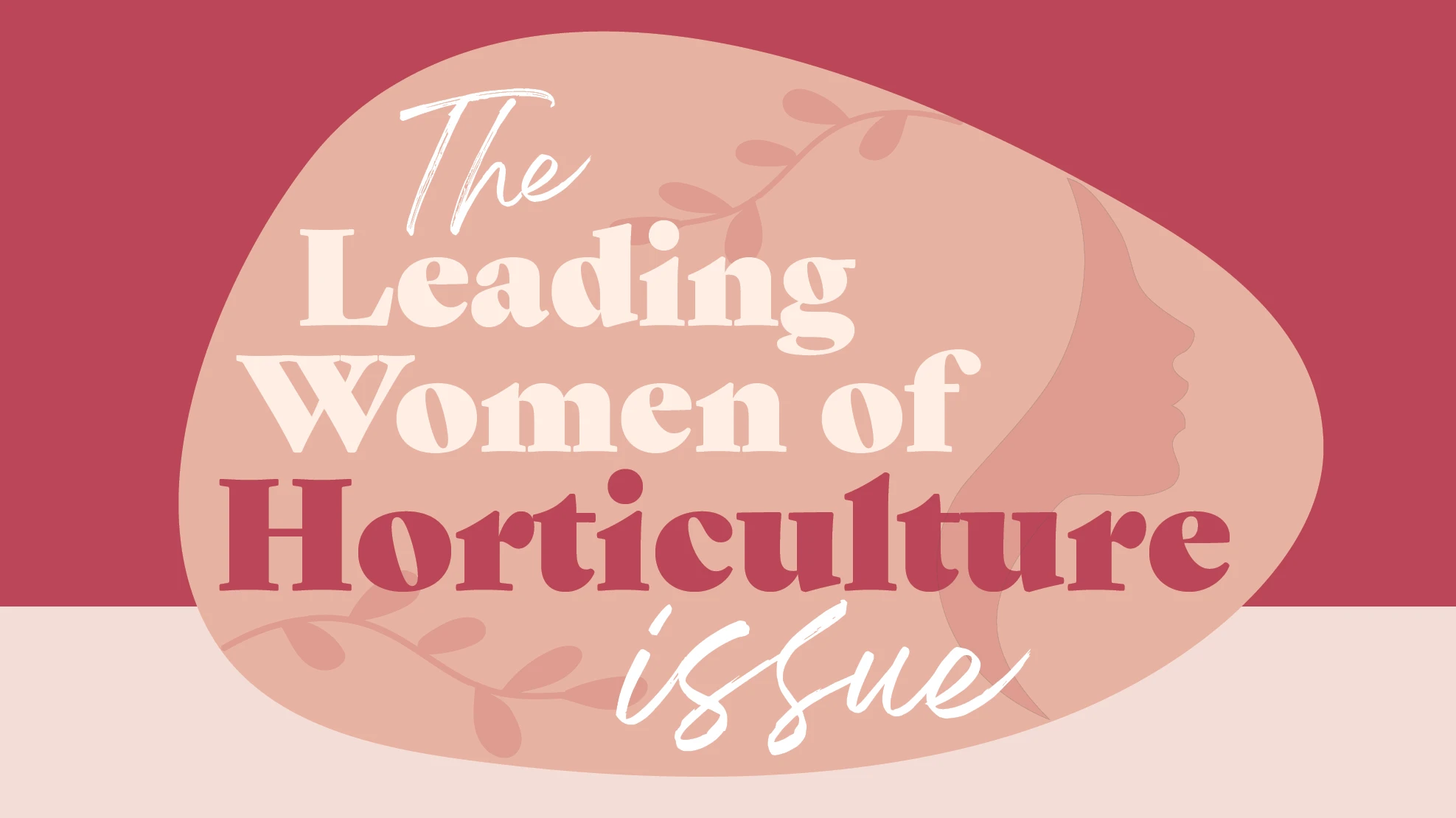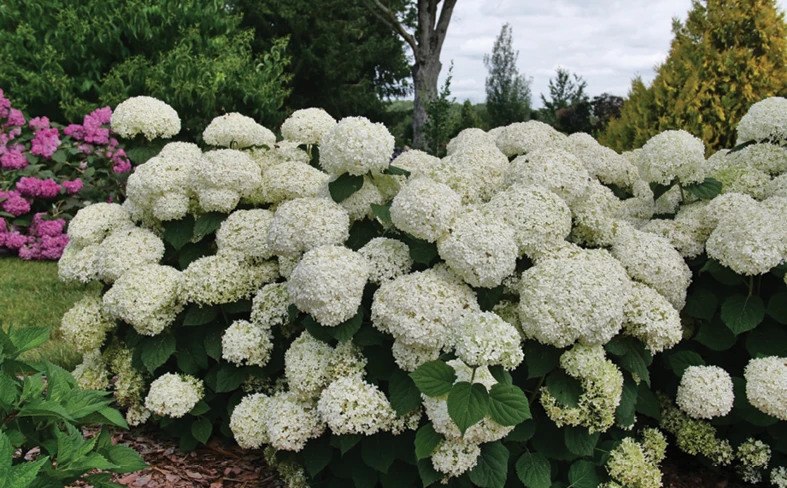

Enstar® AQ is an insect growth regulator (IGR) that prevents the development of target insect larvae into adults. It’s a water-based formulation that features broad-spectrum, long residual control of whiteflies, thrips, aphids, mealybugs, leaf miners, fungus gnats, soft-bodied and armored scales, and glassy-winged sharpshooters. Classified in IRAC Group 7a, Enstar’s active ingredient is s-Kinoprene. It’s labeled for use on ornamental plants in greenhouses, shade houses, lath houses, and interiorscapes. Methods of application include conventional spray, drench, through irrigation systems including drip, microjet, and overhead sprinklers, or through a fogging system.
Enstar AQ is a low-use frequent treatment product that lacks spreaders and stickers, which makes it easier to water in, says Mel Whitson, director of field technical services and training at Central Life Sciences.
Enstar AQ is easily integrated into an existing integrated pest management (IPM) program.
“Enstar AQ fits in nicely with many other products a grower may be using,” Whitson says. “The labels are straightforward and it’s a great preventive to use as the growing season begins. Applications at 14-day intervals provide consistent control without putting pressure on beneficials.”
Mavrik Aquaflow® controls insects and mites with flexible use rates, for high and low infestations. It’s a pyrethroid that offers broad-spectrum control that works through contact action and ingestion. Its active ingredient is tau-fluvalinate 22.3%, which is a flowable water-based formulation.
“A lot of pyrethroids are formulated for longer control, which can lead to issues, but Mavrik provides a clean formulation designed for application every 14 days,” Whitson says. “It’s highly concentrated, so growers use a small amount with frequent re-application.”
It’s labeled for use indoors and outdoors, for greenhouse flowers and foliage, cuttings and on ornamental plantings, trees, shrubs and plantscapes, and is gentle on plants.
“Dried residues of Mavrik are nontoxic to honeybees,” Whitson adds.
Mavrik offers both preventive and curative rates. Apply low-use rates when insects are first noticed and populations are manageable. Like Enstar, Mavrik Aquaflow does not contain spreaders and stickers, which eases application.
Mavrik Aquaflow and Enstar AQ are tank-mix partners that can be applied at seven- or 14-day intervals.
“Both of these products may also be tank mixed with a third product to get a triple effect, but like with any product, it’s a good idea to do a compatibility test,” Whitson explains.
When used at a 14- or 28-day interval, Mavrik will not put pressure on beneficials, especially with outdoor crops.
“A lot more people are using and releasing biocontrols,” Whitson says. “If you have some aphids in outdoor containers, for example, and the aphids are at the treatment threshold and you see them being parasitized, you can make the decision if you want to treat for aphids at that time.”
It’s also ideal to apply both Enstar AQ and Mavrik Aquaflow to crops just prior to shipping.
With any IPM program, avoiding resistance management is crucial.
“Avoid broad-spectrum insecticides that are applied on a calendar basis. It’s better to use narrow-range and shorter-lived products with a more targeted application,” Whitson says. “If you’re having issues with a particular insect, make sure you rotate to a different class of chemistry with each insect generation.”
For more: www.centralgrower.com

Explore the April 2021 Issue
Check out more from this issue and find your next story to read.





